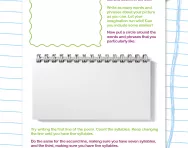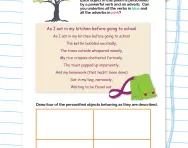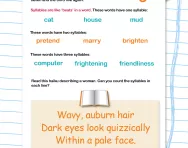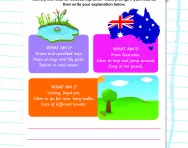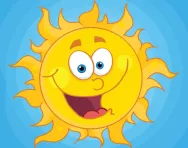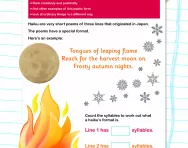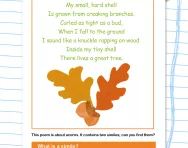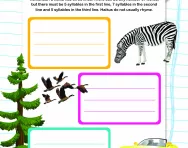Important update from TheSchoolRun
For the past 13 years, TheSchoolRun has been run by a small team of mums working from home, dedicated to providing quality educational resources to primary school parents. Unfortunately, rising supplier costs and falling revenue have made it impossible for us to continue operating, and we’ve had to make the difficult decision to close. The good news: We’ve arranged for another educational provider to take over many of our resources. These will be hosted on a new portal, where the content will be updated and expanded to support your child’s learning.
What this means for subscribers:
- Your subscription is still active, and for now, you can keep using the website as normal — just log in with your usual details to access all our articles and resources*.
- In a few months, all resources will move to the new portal. You’ll continue to have access there until your subscription ends. We’ll send you full details nearer the time.
- As a thank you for your support, we’ll also be sending you 16 primary school eBooks (worth £108.84) to download and keep.
A few changes to be aware of:
- The Learning Journey weekly email has ended, but your child’s plan will still be updated on your dashboard each Monday. Just log in to see the recommended worksheets.
- The 11+ weekly emails have now ended. We sent you all the remaining emails in the series at the end of March — please check your inbox (and spam folder) if you haven’t seen them. You can also follow the full programme here: 11+ Learning Journey.
If you have any questions, please contact us at [email protected]. Thank you for being part of our journey it’s been a privilege to support your family’s learning.
*If you need to reset your password, it will still work as usual. Please check your spam folder if the reset email doesn’t appear in your inbox.
What is a haiku?
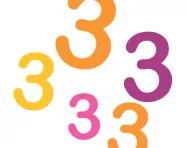
What is a haiku?


Download a FREE Creative Writing toolkit!
- KS1 & KS2 workbooks
- Bursting with fill-in prompt sheets and inspiring ideas
- Story structure tips, style guides and editing suggestions
Here is an example of a haiku:
Wet branches drip heavily
The soil is refreshed.
Teaching haikus encourages children to learn about syllables. Because haikus are very short, composing them is a good way of encouraging children to discipline themselves to find a few really good words to describe something.
Haikus in primary school
When children study haikus they will probably be given a range of them to read. They might be asked to perform the haikus, which would help to consider and convey the meaning of the poem. They would need to do plenty of work on looking at the syllables in these poems. (A good activity to support this is for children to clap their hands on each syllable as they read.)
In the process of writing a haiku, they might be given a subject to write about and asked to brainstorm this, by writing several different ideas on a spider diagram.
Some teachers encourage children to think about all five senses, so if they were writing a haiku about autumn, they might be asked to consider sights, sounds, smells, tastes and things you can touch. They would then need to think about their favourite descriptive words and phrases and try to write these into a sentence. They would then need to edit their writing so that they had achieved the correct number of syllables in a each line. This process of drafting, editing and re-writing is crucial to helping children develop as writers.
Look through all our haiku worksheets to help your child have a go at writing some.

